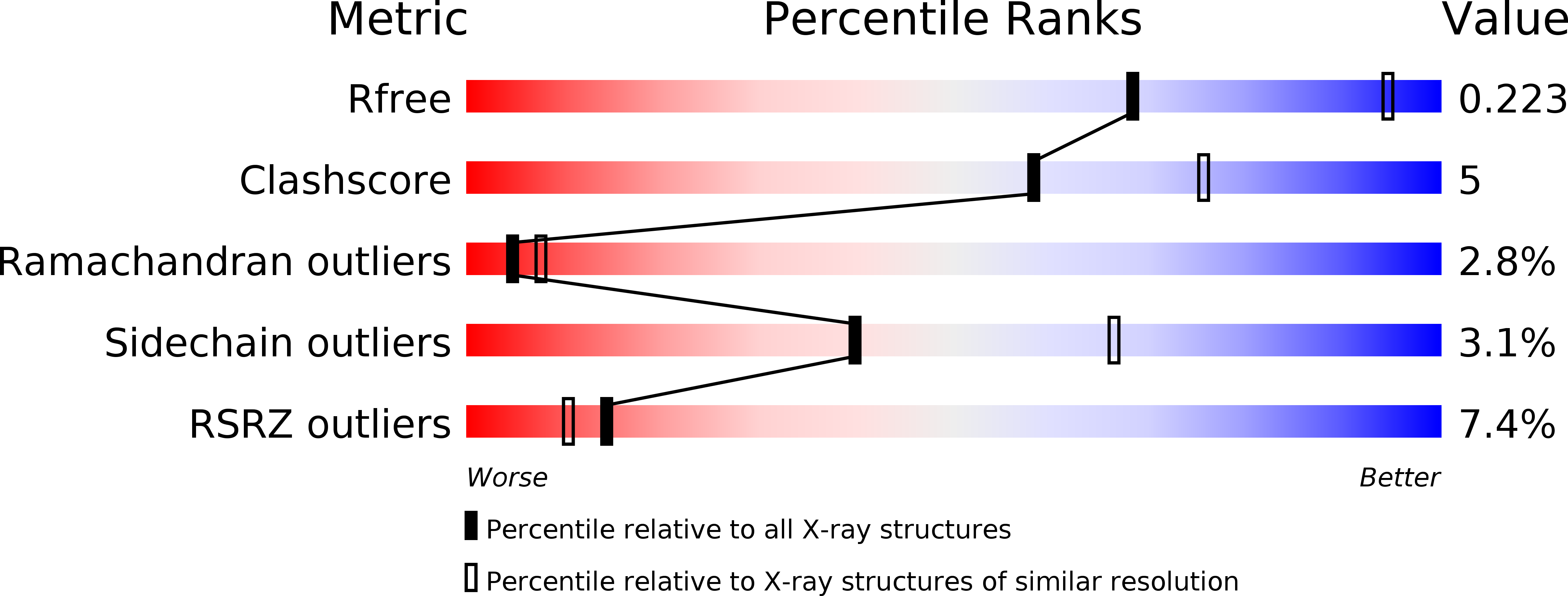
Deposition Date
2005-08-27
Release Date
2006-01-17
Last Version Date
2025-03-26
Entry Detail
PDB ID:
2AUC
Keywords:
Title:
Structure of the Plasmodium MTIP-MyoA complex, a key component of the parasite invasion motor
Biological Source:
Source Organism:
Plasmodium knowlesi (Taxon ID: 5850)
Host Organism:
Method Details:
Experimental Method:
Resolution:
2.60 Å
R-Value Free:
0.28
R-Value Work:
0.22
R-Value Observed:
0.22
Space Group:
P 63


